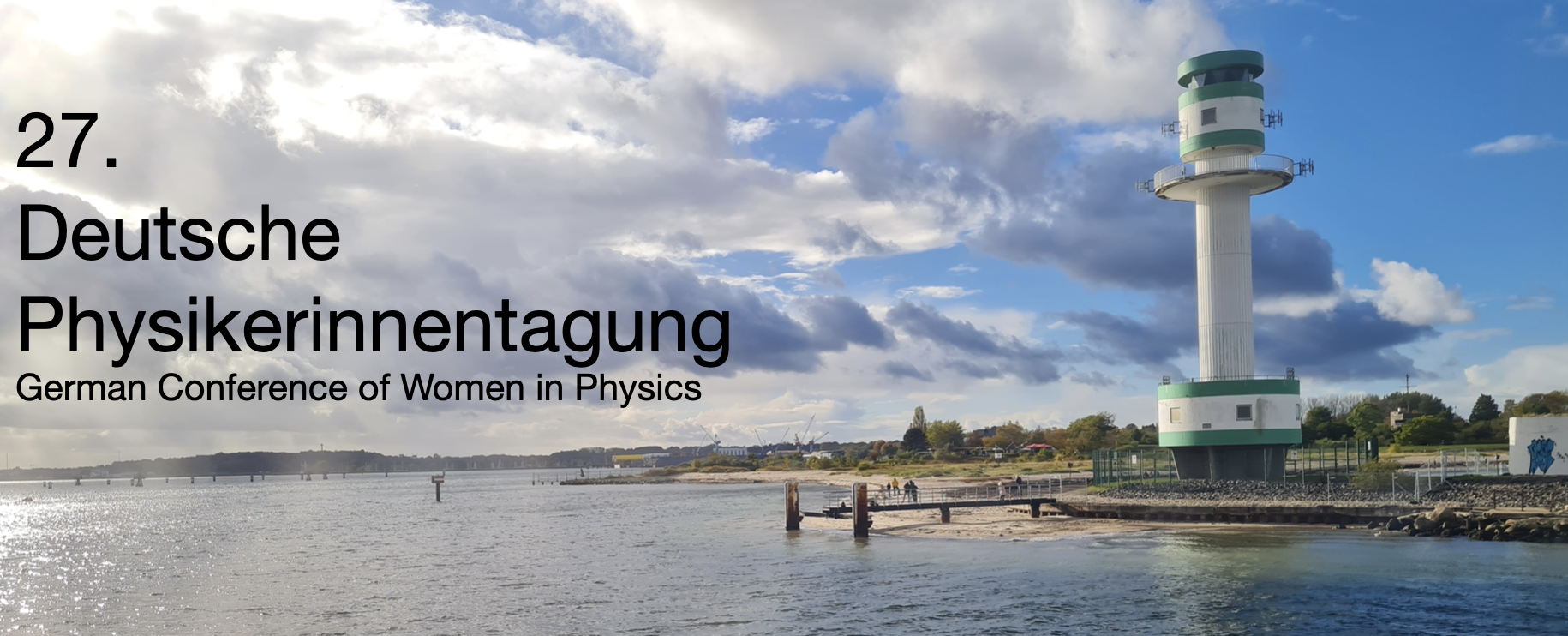Speaker
Description
Neutrons decay into protons via the weak interaction through the conversion of a down quark into an up quark, emitting an electron and an electron anti-neutrino. Measurements of the electron spectrum from free neutron decay enable a variety of tests of the Standard Model of particle physics. Observables of neutron decay are, among others, the $\beta$-asymmetry $A$ and the Fierz interference term $b$. Through precision measurements of $A$, which describes the angular correlation between the neutron spin and the momentum of the emitted electron, we have access to the CKM matrix element $V_{ud}$ . The CKM matrix describes the mixing between different quark flavors in weak interactions where $V_{ud}$ represents the transition probability from up to down quarks. Precise measurements of $V_{ud}$ are crucial to test the unitarity of the CKM matrix, predicted by the Standard Model. The Fierz term $b$ is zero in the Standard Model. A non-zero $b$ would modify the shape of the measured electron energy spectrum and would imply the existence of interactions beyond the predictions of the Standard Model.
PERKEO III was set up several times at the Insitut Laue Langevin in Grenoble, France. A beam of low energy neutrons, coming from the reactor, is guided into the 2 m long decay volume of the experiment, in which some of the neutrons decay. The charged particles from the decay follow the magnetic field toward one of two scintillation detectors with PMT readout.
Based on a measurement campaign in 2009, we obtained the currently most precise direct determinations of $A$ and $b$ from $\beta$-spectrum measurements, using a combined fit to the experimental $\beta$-asymmetry. A subsequent measurement campaign in 2019/20 aimed to measure the electron spectrum from unpolarized neutrons to extract an improved limit for the Fierz interference term $b$. This method offers higher statistical sensitivity but is systematically challenging. We present experimental details and give insights into the ongoing analysis.

